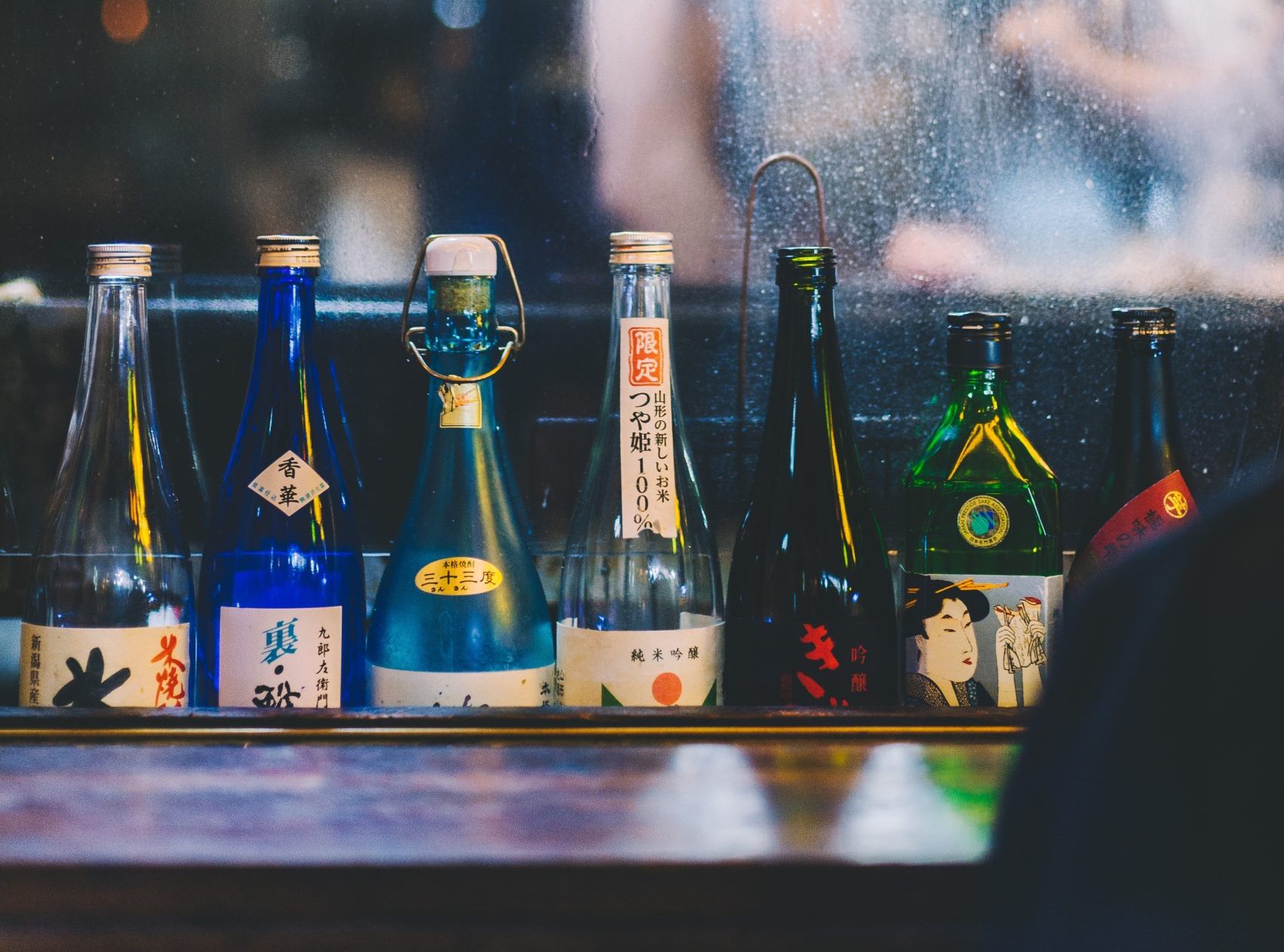
Along with the Japanese food boom, SAKE is also attracting attention. I’m sure there are many people who want to enjoy delicious sake after coming to Japan.
In this article, we will introduce four types of fruity sake that are recommended for foreign tourists. We will also introduce some refreshing snacks that go well with our recommended sake. Please refer to the article and enjoy SAKE to your heart’s content.
■What kind of alcohol is Japanese sake?
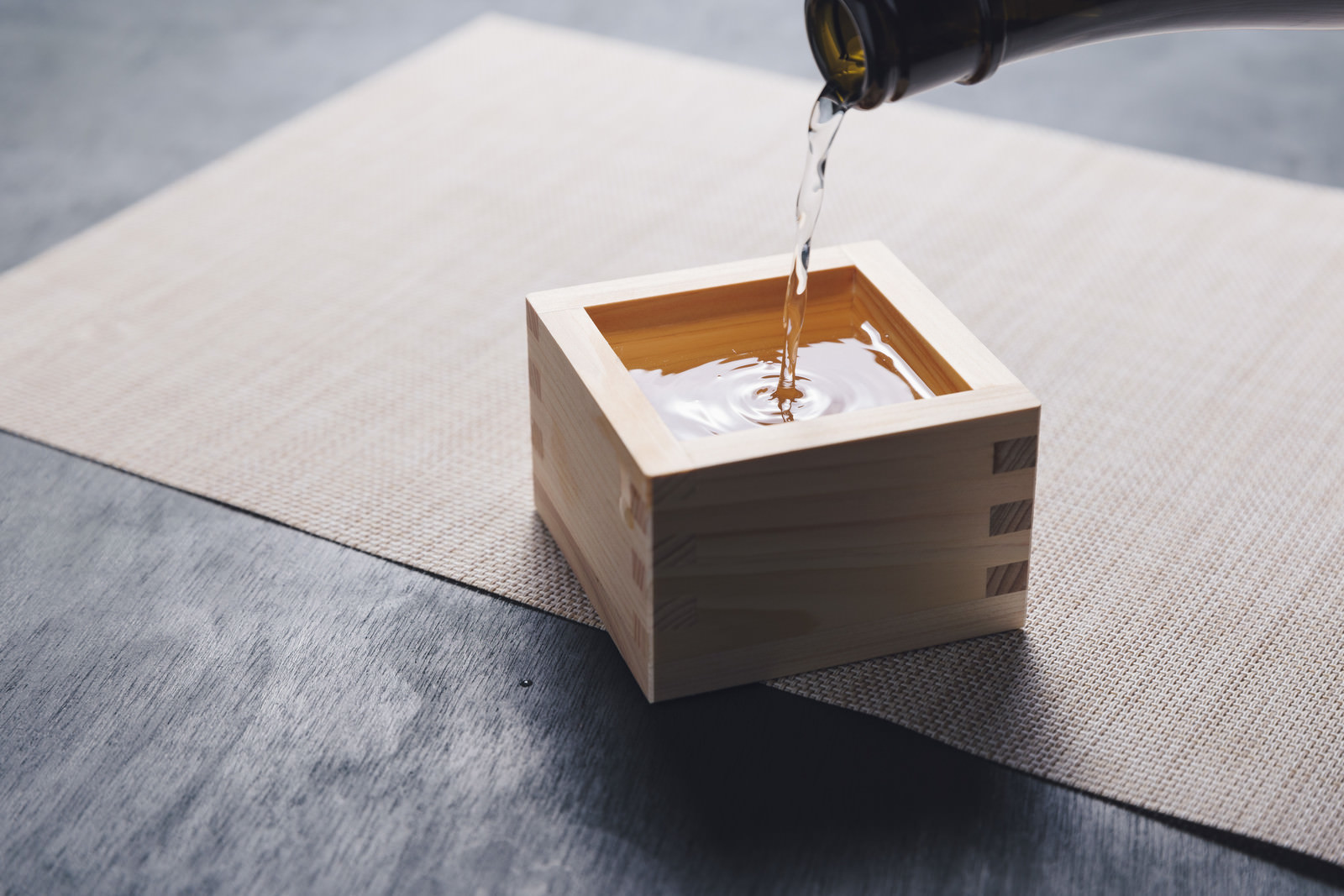
Sake, also called SAKE, has been attracting attention in recent years along with the Japanese food boom. “Sake” is a brewed alcoholic beverage made by fermenting rice. The main ingredients are rice, water, rice malt, yeast, and lactic acid bacteria.
Jozoshu is an alcoholic beverage made by alcoholic fermentation of grains and fruits. However, rice, which is the raw material for sake, does not ferment as it is. Therefore, rice starch is first converted to glucose using the power of rice malt, and the glucose is alcohol-fermented using the power of yeast bacteria to become sake.
In addition to the alcohol content, you can also see the “rice polishing rate” on sake. The rice is shaved to remove any unpleasant taste, but the rice polishing ratio indicates how much rice remains. The lower the number, the more has been removed.
Sake can be broadly divided into three types: Junmai-shu, Ginjo-shu, and Honjozo-shu. Junmai-shu allows you to enjoy the natural taste of rice, while ginjo-shu uses a high degree of polishing to eliminate the unpleasant taste of rice and is often fruity. In addition, “Honjozo sake” has a taste similar to pure rice sake, and while it is dry and light, you can enjoy the mellow taste of rice.
Foreigners tend to prefer fruity and rich flavors because they are similar to wine and are easy to drink. When we think of fruity sake, we tend to think of ginjo sake, but recently there are also many Junmai sakes that are highly polished and fruity. Don’t get caught up in the classification, try out different things.
■4 Sake Recommended for Foreigners
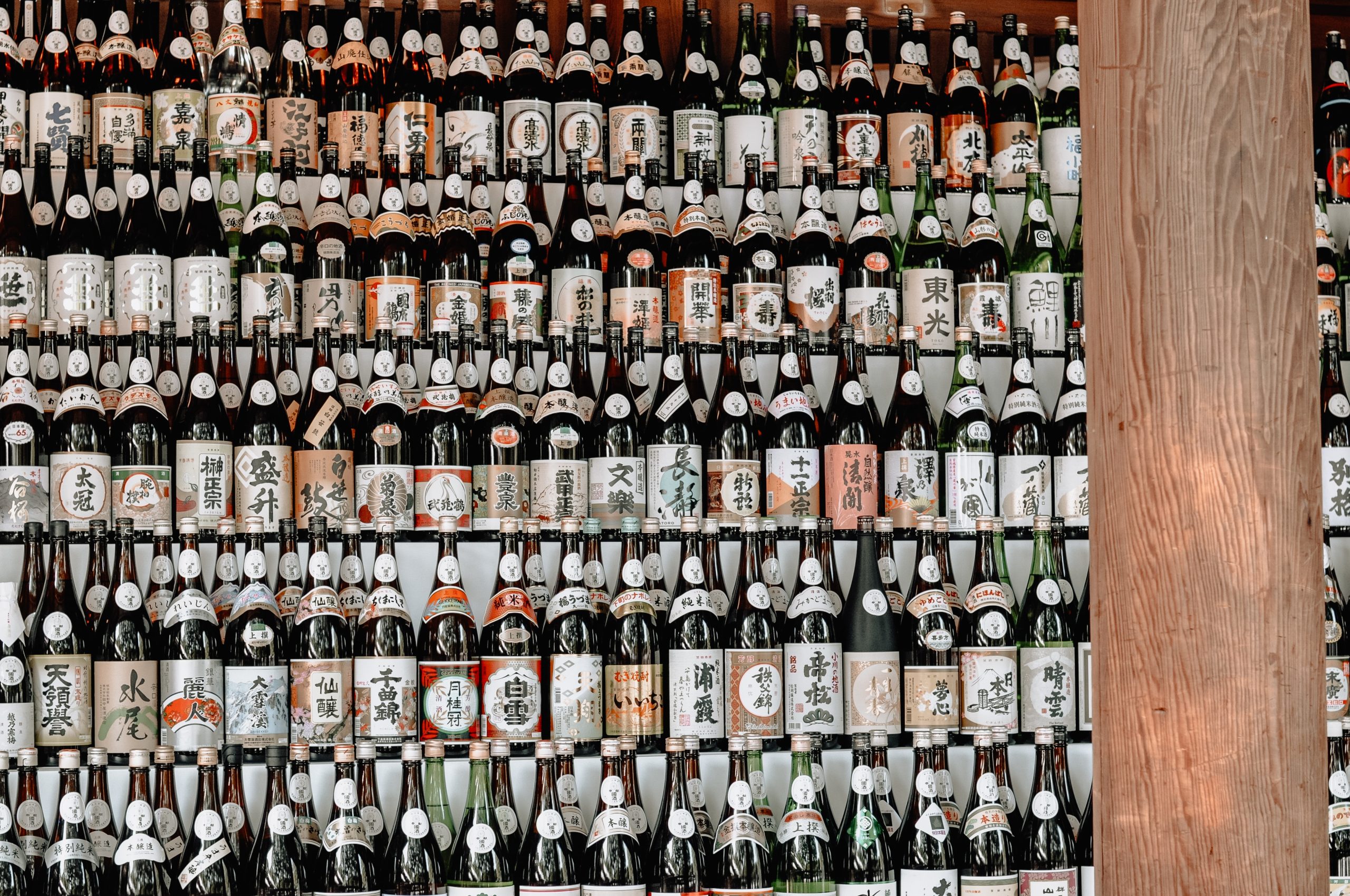
Here we will introduce four fruity and full-bodied sakes that are recommended for foreigners. Find what interests you.
Recommended sake ① Dassai Junmai Daiginjo polished 39%
First of all, I would like to introduce “Dassai Junmai Daiginjo Polished”
39%.” Alcohol content is 16%.
Dassai is produced by Asahi Shuzo Co., Ltd. in Iwakuni City, Yamaguchi Prefecture. It is said that the origin of the sake brewing area “Dakgoe” comes from the saying that “There was an old Dash in Kawakami Village who disguised himself as a child and overtook us to our village.” “Dassai” was named by taking one letter from the place name.
The meaning of “Dassai” is to expand upon many reference materials when creating poetry. It also brings to mind the story of Shiki Masaoka, who revolutionized the literary world in the Meiji period, calling himself the “owner of Dassai bookstore,” which echoes Asahi Sake Brewery’s attitude of continuing to pursue change and innovation.
“Dassai” uses Yamada Nishiki, the best sake rice, and is characterized by a fruity flavor with a rice polishing ratio of less than 50%. Among them, “Dassai Junmai Daiginjo Polished 39%” is characterized by a gorgeous aroma that makes you think “This is Junmai Daiginjo!” and a well-balanced and beautiful sweetness when you put it in your mouth. It is recommended for foreigners as it can be enjoyed like wine and has a lingering aftertaste that lasts long after drinking.
Recommended sake ② Sanskrit Special Junmai Daiginjo
The next recommended brew is “Bon Tokusen Junmai Daiginjo” by Kato Yoshihira Shoten LLC in Sabae City, Fukui Prefecture. Alcohol content is 16%.
“Bon” is a word derived from Sanskrit and has meanings such as “purity without impurity” and “creating truth.” In addition, in other countries, it is affectionately called by the name “born”, which means “birth” or “creation”.
“Bon” is characterized by its careful sake brewing, which uses only three ingredients: rice, rice malt, and water, and is particular about making pure rice sake with no additives. The rice used is “Yamada Nishiki, contract-grown from the Special A area of Hyogo Prefecture,” which is known as the king of sake rice, and “Gohyakumangoku, grown in Fukui Prefecture,” which are polished to an average polishing rate of 34.5% to eliminate any unpleasant flavors.
We only use underground water from the Hakusan Federation, which is sourced from a well approximately 184m deep underground. By aging the sake carefully made using these ingredients at freezing temperatures, we have achieved a rich aroma and smooth taste.
Among them, “Bon Tokusen Junmai Daiginjo” is a standard product of “Bon.” We use contract-grown Yamada Nishiki from the Special A area of Hyogo Prefecture, which has a rice polishing rate of 38%, and is aged at freezing temperatures for 1 to 2 years at 0 degrees before being shipped.
It has a fruity aroma similar to grapefruit, and has a smooth, deep flavor despite its bones, making it a popular dish among foreigners.
Recommended sake ③ Junmai Ginjo
The next product we would like to introduce is “Kudokijou Junmai Ginjo”. It is made by Kamenoi Sake Brewery Co., Ltd. in Tsuruoka City, Yamagata Prefecture. Kamenoi Sake Brewery Co., Ltd. is a long-established sake brewery founded in 1896. There was a time when the brewery was closed, but now it is said to be a famous brewery in Haguro. It has an alcohol content of 16%, is made from Miyama Nishiki sake rice, and has a rice polishing ratio of 50%.
The name “Kudoki Jozu” means “succeed” or “promote in life” because military commanders like Toyotomi Hideyoshi who rose to prominence were persuasive, or good at wooing people.
“Kudoki Jozu” has become a hot topic in Japan due to its impactful name and label featuring ukiyo-e prints. It also became a popular choice as a souvenir for foreigners.
Among them, “Kudoki Jozu Junmai Ginjo” has the highest shipment volume among “Kudoki Jozu” and can be considered a standard product. It also has a mild and sweet taste, making it easy to drink even for those who are new to sake. Moreover, the scent is very fruity. It’s easy to drink like wine, and the ukiyo-e on the bottle gives you a sense of Japanese culture, making it the perfect sake to recommend to foreigners.
Recommended sake ④ You’ll be lucky if you come across it! Hanaabi
The last sake we would like to introduce is “Hanaabi”. “Hanaabi” is produced by Nanyo Jozo Co., Ltd. in Hanyu City, Saitama Prefecture. It is famous as a hard-to-find sake because it can only be purchased from the brewery or a limited number of specialty stores. Moreover, the amount brewed at a time is small, and the number of bottles that arrive is very small, so if you come across one, buy it immediately! This is a dish that is said to be.
The most distinctive feature of “Hanaabi” is that the rice used is not determined. We will brew using several popular types of sake rice in order. “This time we use Gohyakumangoku, and the next we use Miyama Nishiki,” and so on, and the packaging changes each time. The overall taste is characterized by a pineapple-like aroma, a umami reminiscent of tropical fruits, and a bitter taste.
Information such as when new items will arrive will be posted on the official Instagram. If you come across it, please get it.
■These are the recommended snacks that go well with Japanese sake!
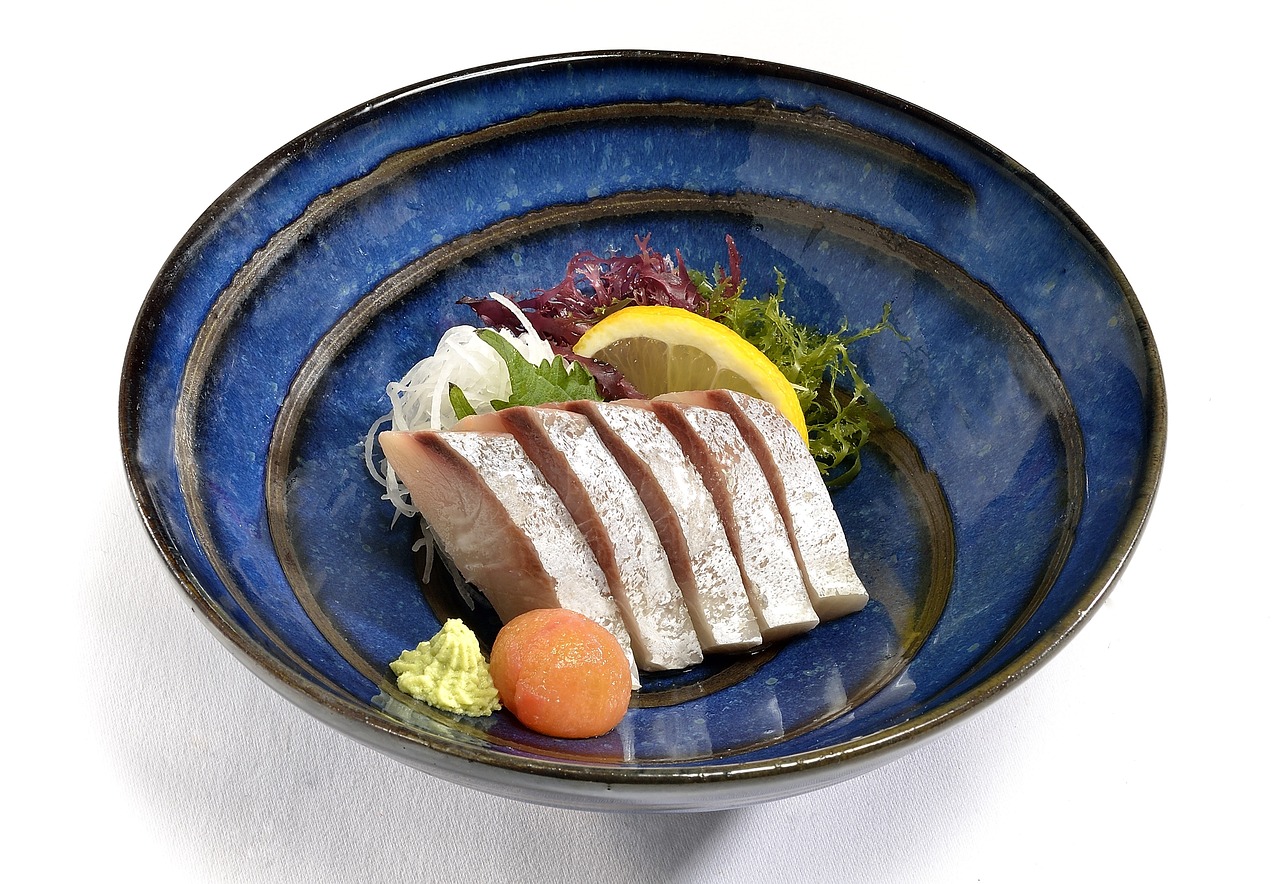
As I mentioned earlier, Japanese sake that is popular among foreigners has a fruity and rich flavor. Recommended snacks for this type of drink have a relatively light taste and complement the taste of the alcoholic beverage.
Below, we will introduce recommended recipes that are easy and delicious. Please use this as a reference when ordering at a restaurant, buying sake at a delicatessen store, or drinking sake at home that you brought home as a souvenir.
“Sea bream carpaccio” is made by simply pouring a sauce made of olive oil, lemon juice, and salt onto the sea bream sashimi you bought. A sprinkling of pink pepper at the end gives it a gorgeous appearance and enhances the flavor.
“Green perilla and plum radish sandwich” is made by simply sandwiching a mixture of green perilla and crushed plums between thinly sliced daikon radish.
Also, cheese goes surprisingly well with sake. Some people say that not only fresh types like mozzarella and cottage cheese, but also strong-tasting ones like blue cheese go well.
Also, did you know that there is a product called “Cream cheese pickled in Bon’s sake lees”? This sake lees is sweetly seasoned with the sake lees from “Bon”, which we introduced in our recommended sake list, and is marinated in cream cheese. It’s fun to try out these different varieties.
■Enjoy Japanese sake and snacks recommended for foreigners!
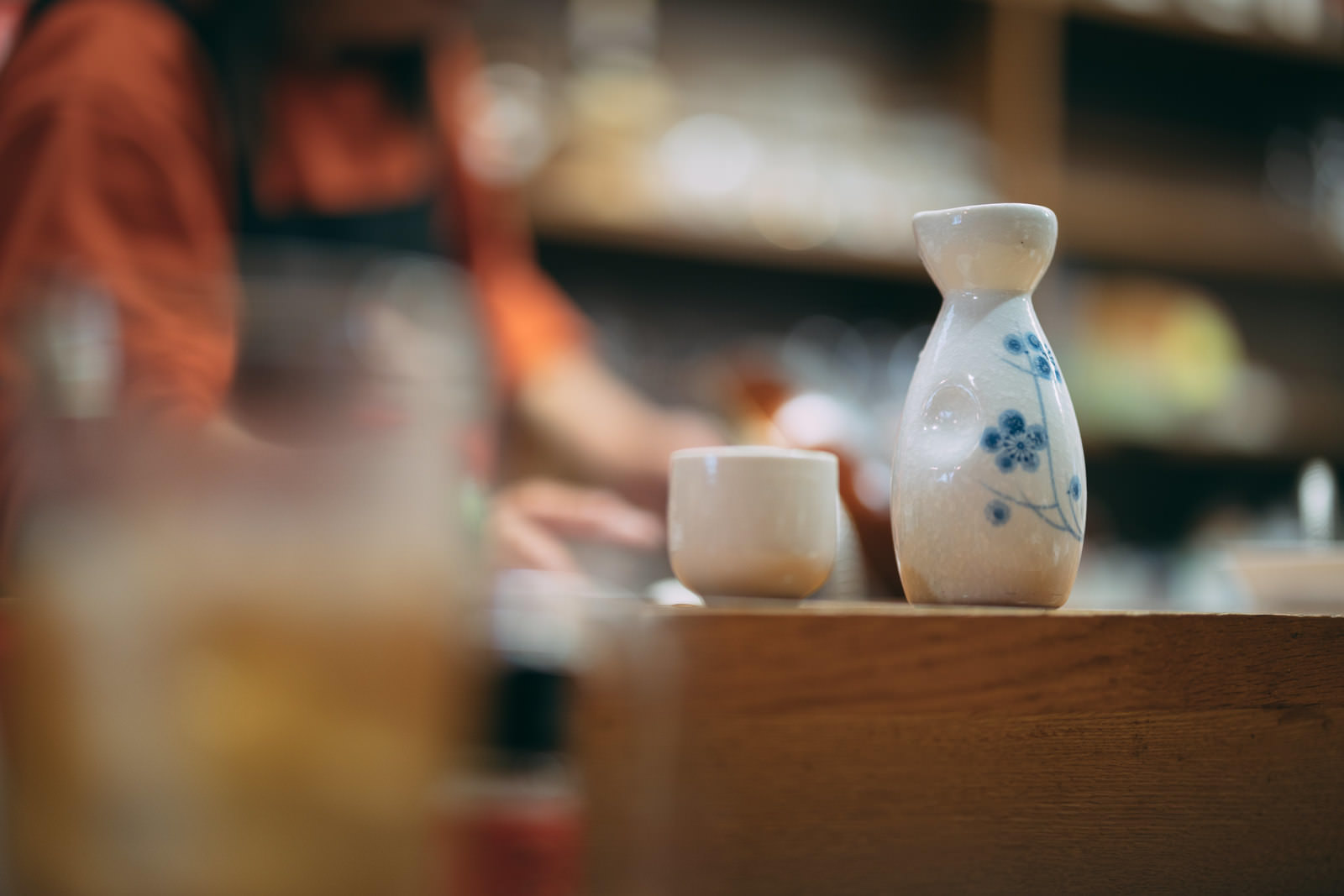
So far, we have introduced brands of fruity and rich sake that are recommended for foreigners, as well as snacks that go well with them.
If you are hesitant about sake, try the brands introduced this time first. Please try a variety of sake and find the one that suits you.
Q&A
Q.What kind of sake do you recommend for foreigners?
A. Fruity and rich types are popular among foreigners. The reason is that it is similar to wine and easy to drink.
Q.What brands of sake do you recommend for foreigners?
A. “Dassai,” “Bon,” and “Kudoki Jozu” are popular overseas as well. We also recommend “Hanaabi”, although it is hard to find.

